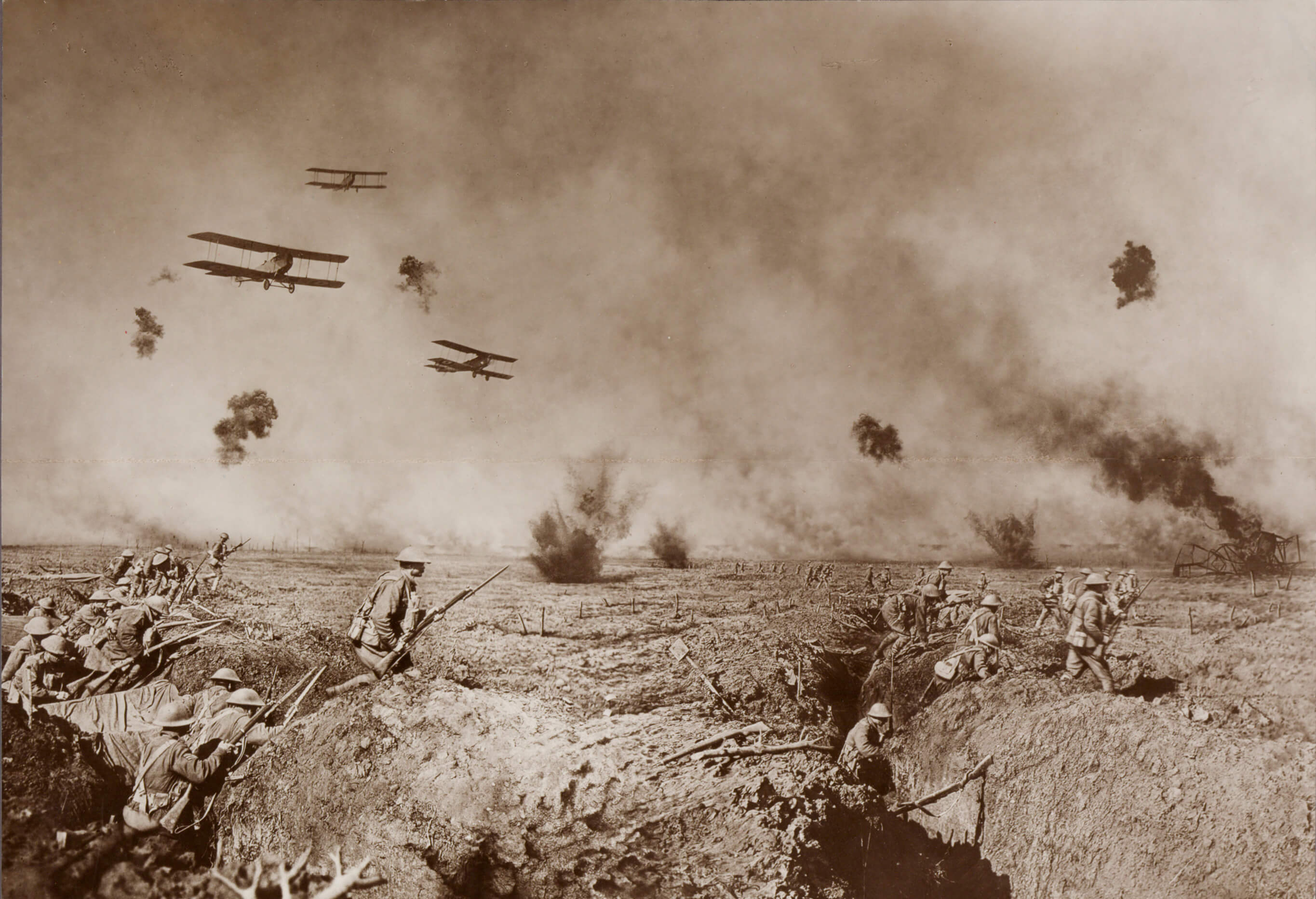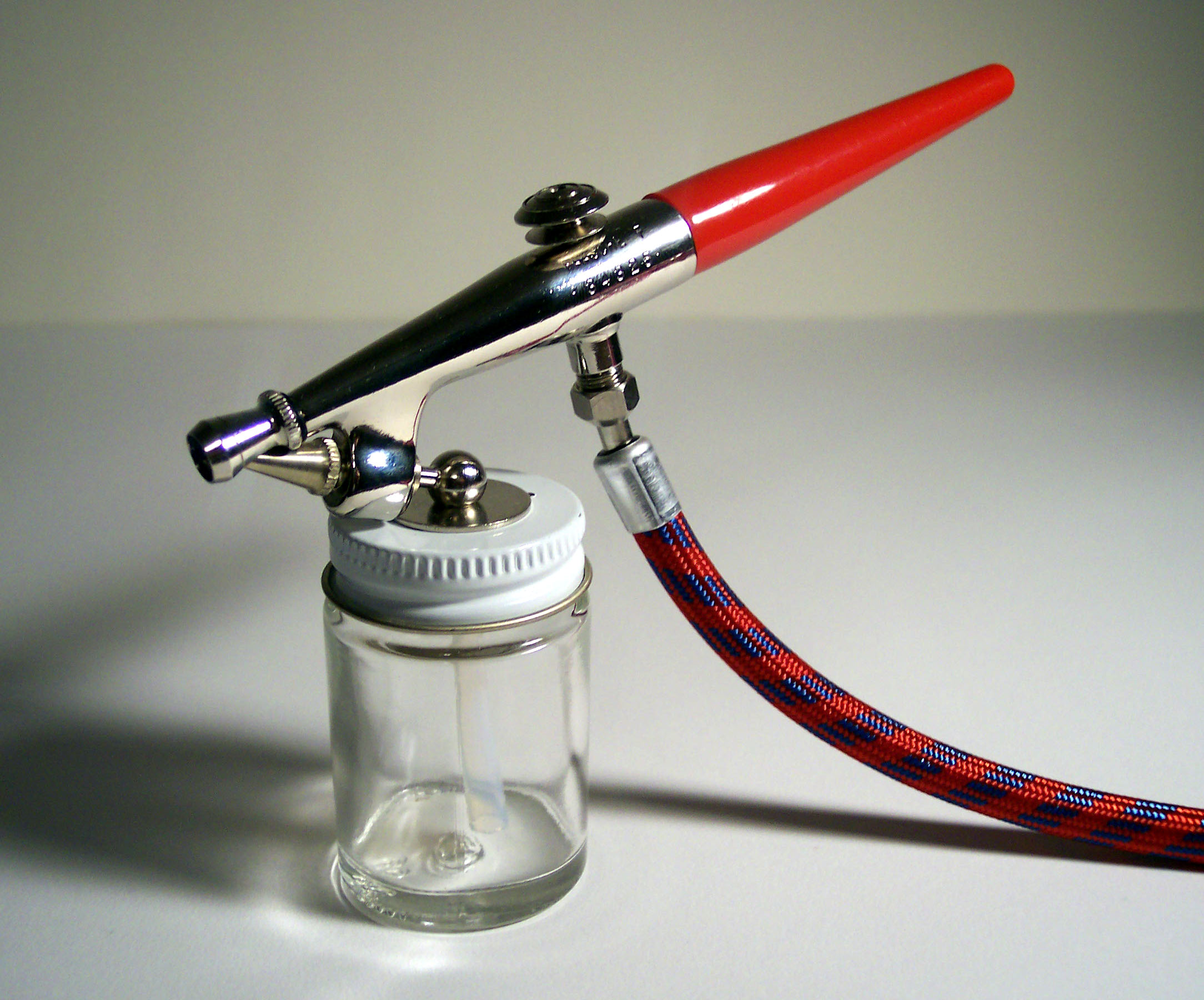|
Feathering
Feathering is a technique used in computer graphics software to smooth or blur the edges of a feature. The term is inherited from a technique of fine retouching using fine feathers. Paintbrush feathering Feathering is most commonly used on a paintbrush tool in computer graphics software. This form of feathering makes the painted area appear smooth. It may give the effect of an airbrush or spraypaint. Color is concentrated at the center of the brush area, and it blends out toward the edges. Selection feathering Feathering is not only used on paintbrushes in computer graphics software. Feathering may also blend the edges of a selected feature into the background of the image. When composing an image from pieces of other images, feathering helps make added features look "in place" with the background image. For instance, if someone were to want to add a leaf to a photograph of grass using computer graphics software, he or she might use feathering on the leaf to make it ble ... [...More Info...] [...Related Items...] OR: [Wikipedia] [Google] [Baidu] |
Metering Mode
In photography, the metering mode refers to the way in which a camera determines exposure (photography), exposure. Cameras generally allow the user to select between ''spot'', ''center-weighted average'', or ''multi-zone'' metering modes. The different metering modes allow the user to select the most appropriate one for use in a variety of lighting conditions. In complex light situations professional photographers tend to switch to manual mode, rather than depending on a setting determined by the camera. Examples of metering modes Spot metering With spot metering, the camera will measure only a very small area of the scene (1–5% of the viewfinder area). By default this is the centre of the scene. The user can select a different off-centre spot or recompose by moving the camera after metering. Certain models support a mode which allows averaging of multiple spot meter readings, and some support metering of highlight and shadow areas. Spot metering is not influenced by oth ... [...More Info...] [...Related Items...] OR: [Wikipedia] [Google] [Baidu] |
Vignetting
In photography and optics, vignetting ( ) is a reduction of an image's brightness or saturation toward the periphery compared to the image center. The word '' vignette'', from the same root as ''vine'', originally referred to a decorative border in a book. Later, the word came to be used for a photographic portrait that is clear at the center and fades off toward the edges. A similar effect is visible in photographs of projected images or videos off a projection screen, resulting in a so-called "hotspot" effect. Vignetting is often an unintended and undesired effect caused by camera settings or lens limitations. However, it is sometimes deliberately introduced for creative effect, such as to draw attention to the center of the frame. A photographer may deliberately choose a lens that is known to produce vignetting to obtain the effect, or it may be introduced with the use of special filters or post-processing procedures. When using zoom lenses, vignetting may occur ... [...More Info...] [...Related Items...] OR: [Wikipedia] [Google] [Baidu] |
USS Yorktown Collision Feathered
USS may refer to: Arts, entertainment, and media * Ubiquitous Synergy Seeker, a Canadian band * Universal Studios Singapore, a theme park in Singapore Businesses and organizations * Union of Sovereign States, the planned successor to the Soviet Union * Union Switch & Signal, a supplier of railroad switching equipment * Union Syndicale Suisse, the Swiss Trade Union Confederation * United Seamen's Service, a non-profit, federally chartered organization founded in 1942 * United State of Saurashtra, a separate, western State within the Union of India from 1948 until 1956 * United States Senate, the upper chamber of the United States Congress * U.S. Steel Corporation * USA Swimming, formerly United States Swimming, the national governing body for competitive swimming in the US * Universities Superannuation Scheme, a pension scheme in the United Kingdom * United Peasant Party (''Ujedinjena seljačka stranka''), a political party in Serbia Computing * Unformatted System Services, the ... [...More Info...] [...Related Items...] OR: [Wikipedia] [Google] [Baidu] |
Computer Graphics
Computer graphics deals with generating images and art with the aid of computers. Computer graphics is a core technology in digital photography, film, video games, digital art, cell phone and computer displays, and many specialized applications. A great deal of specialized hardware and software has been developed, with the displays of most devices being driven by graphics hardware, computer graphics hardware. It is a vast and recently developed area of computer science. The phrase was coined in 1960 by computer graphics researchers Verne Hudson and William Fetter of Boeing. It is often abbreviated as CG, or typically in the context of film as Computer-generated imagery, computer generated imagery (CGI). The non-artistic aspects of computer graphics are the subject of Computer graphics (computer science), computer science research. Some topics in computer graphics include user interface design, Sprite (computer graphics), sprite graphics, raster graphics, Rendering (computer graph ... [...More Info...] [...Related Items...] OR: [Wikipedia] [Google] [Baidu] |
Software
Software consists of computer programs that instruct the Execution (computing), execution of a computer. Software also includes design documents and specifications. The history of software is closely tied to the development of digital computers in the mid-20th century. Early programs were written in the machine language specific to the hardware. The introduction of high-level programming languages in 1958 allowed for more human-readable instructions, making software development easier and more portable across different computer architectures. Software in a programming language is run through a compiler or Interpreter (computing), interpreter to execution (computing), execute on the architecture's hardware. Over time, software has become complex, owing to developments in Computer network, networking, operating systems, and databases. Software can generally be categorized into two main types: # operating systems, which manage hardware resources and provide services for applicat ... [...More Info...] [...Related Items...] OR: [Wikipedia] [Google] [Baidu] |
Photo Manipulation
Photograph manipulation involves the transformation or alteration of a photograph. Some photograph manipulations are considered to be skillful artwork, while others are considered to be unethical practices, especially when used to deceive. Motives for manipulating photographs include political propaganda, altering the appearance of a subject (both for better and for worse), entertainment and humor. Depending on the application and intent, some photograph manipulations are considered an art form because they involve creation of unique images and in some instances, signature expressions of art by photographic artists. For example, Ansel Adams used darkroom exposure techniques to darken and lighten photographs. Other techniques include retouching using ink or paint, airbrushing, double exposure, piecing photos or negatives together in the darkroom, and scratching instant films. Software for digital image manipulation ranges from casual to professional skillsets. One of these, A ... [...More Info...] [...Related Items...] OR: [Wikipedia] [Google] [Baidu] |
Feathers
Feathers are epidermis (zoology), epidermal growths that form a distinctive outer covering, or plumage, on both Bird, avian (bird) and some non-avian dinosaurs and other archosaurs. They are the most complex integumentary structures found in vertebrates and an example of a complex evolutionary novelty. They are among the characteristics that distinguish the extant Aves, birds from other living groups. Although feathers cover most of the bird's body, they arise only from certain well-defined tracts on the skin. They aid in flight, thermal insulation, and waterproofing. In addition, coloration helps in communication and crypsis, protection. The study of feathers is called plumology (or plumage science). People use feathers in many ways that are practical, cultural, and religious. Feathers are both soft and excellent at trapping heat; thus, they are sometimes used in high-class bedding, especially pillows, blankets, and mattresses. They are also used as filling for winter clothi ... [...More Info...] [...Related Items...] OR: [Wikipedia] [Google] [Baidu] |
Graphics Software
In computer graphics, graphics software refers to a program or collection of programs that enable a person to manipulate images or models visually on a computer. Computer graphics can be classified into two distinct categories: raster graphics and vector graphics, with further 2D and 3D variants. Many graphics programs focus exclusively on either vector or raster graphics, but there are a few that operate on both. It is simple to convert from vector graphics to raster graphics, but going the other way is harder. Some software attempts to do this. In addition to static graphics, there are animation and video editing software. Different types of software are often designed to edit different types of graphics such as video, photos, and vector-based drawings. The exact sources of graphics may vary for different tasks, but most can read and write files. Most graphics programs have the ability to import and export one or more graphics file formats, including those formats written fo ... [...More Info...] [...Related Items...] OR: [Wikipedia] [Google] [Baidu] |
Airbrush
An airbrush is a small, air-operated tool that atomizes and sprays various media, most often paint, but also ink, dye, and make-up. Spray painting developed from the airbrush and is considered to employ a type of airbrush. History Up until the mid-2000s, it was widely published that the airbrush was invented in 1893, but following research undertaken in collaboration with New York University's Conservation Department, and personal support from Professor Margaret Holben Ellis, a more detailed history emerged, which required many authorities such as Oxford Art to update their dictionaries and references. Depending on the definition requiring compressed air or not, the first spray painting device that could be called an airbrush was patented in 1876 () by Francis Edgar Stanley of Newton, Massachusetts. This worked akin to a diffuser/atomizer and did not have a continuous air supply. Stanley and his twin brother later invented a process for continuously coating photographic ... [...More Info...] [...Related Items...] OR: [Wikipedia] [Google] [Baidu] |
Clone Tool
The clone tool, as it is known in Adobe Photoshop, Inkscape, GIMP, and Corel PhotoPaint, is used in digital image editing to replace information for one part of a picture with information from another part. In other image editing software, its equivalent is sometimes called a rubber stamp tool or a clone brush. Applications The clone tool can remove objects by copying a nearby background. The user selects a matching location as the source, then paints over the element to be hidden. A typical use for the tool is in – more colloquially, "airbrushing" or " photoshopping" out an unwanted part of the image. If a part of an image is removed simply by cutting it out, then a hole is left in the background. The Clone tool can fill in this hole convincingly with a copy of the existing background from elsewhere in the image. A common use for this tool is to retouch skin, particularly in portraits, to remove blemishes and make skin tones more even. Cloning can also be used to remove ... [...More Info...] [...Related Items...] OR: [Wikipedia] [Google] [Baidu] |
Aliasing
In signal processing and related disciplines, aliasing is a phenomenon that a reconstructed signal from samples of the original signal contains low frequency components that are not present in the original one. This is caused when, in the original signal, there are components at frequency exceeding a certain frequency called Nyquist frequency, f_s / 2, where f_s is the sampling frequency ( undersampling). This is because typical reconstruction methods use low frequency components while there are a number of frequency components, called aliases, which sampling result in the identical sample. It also often refers to the distortion or artifact that results when a signal reconstructed from samples is different from the original continuous signal. Aliasing can occur in signals sampled in time, for instance in digital audio or the stroboscopic effect, and is referred to as temporal aliasing. Aliasing in spatially sampled signals (e.g., moiré patterns in digital images) is referre ... [...More Info...] [...Related Items...] OR: [Wikipedia] [Google] [Baidu] |







